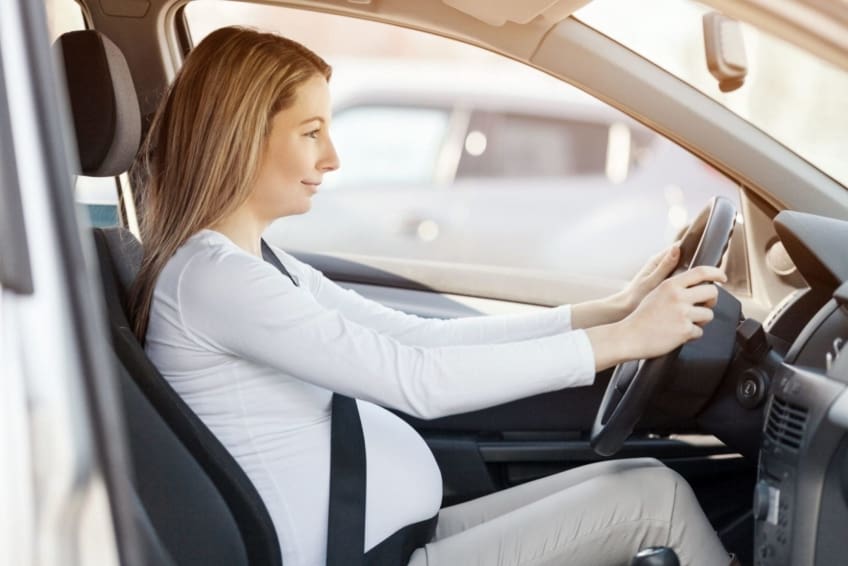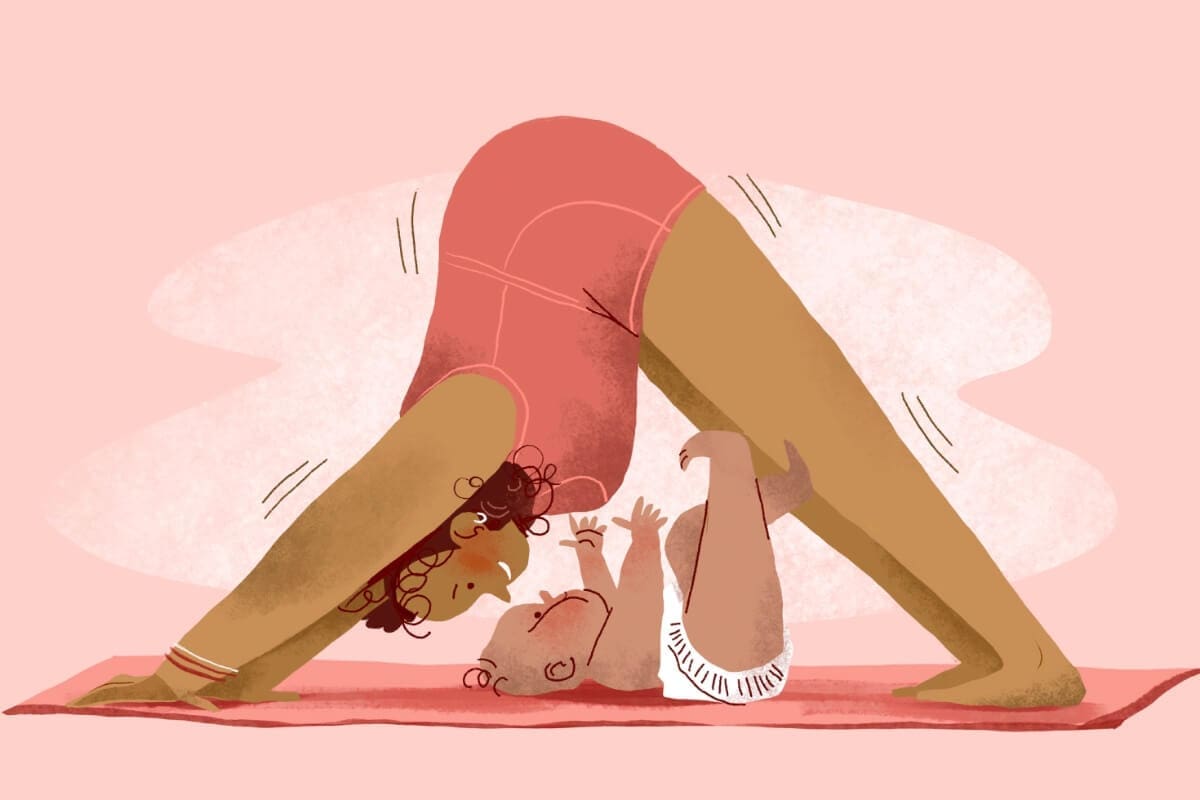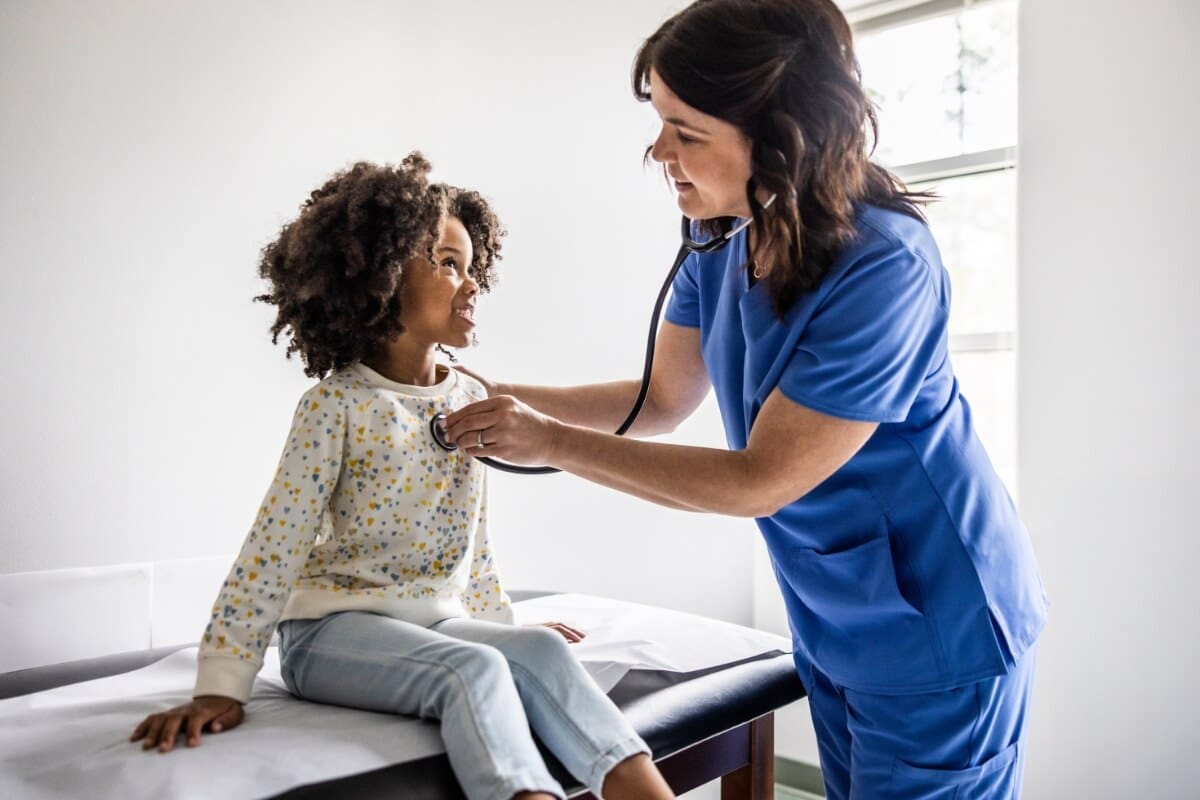
There are a lot of things to think about when you’re pregnant. Sometimes you have to be more careful about seemingly normal activities. This includes riding in the car, something many of us do every day. Car safety is important whether you are pregnant or not. But here are the answers to some questions you may have about driving or riding in a car while pregnant.
Path to improved health
Can I drive when I’m pregnant?
Yes, you can drive when you’re pregnant.
Should I wear a seat belt while I’m pregnant?
Yes, even if it’s uncomfortable, you should always wear a seat belt. Wearing your seat belt protects you and your baby from injury or death in the event of a car crash. You should wear a seat belt no matter where you sit in the car.
How should I wear my seat belt?
The seat belt should be a 3-point restraint. That means it should have a lap strap and a shoulder strap. Lap and shoulder belts together keep you from being thrown from the car during an accident. The shoulder strap also helps keep the pressure of your body off the baby after a crash.
Be sure to wear your seat belt correctly. Follow these rules:
- The lap belt should go under your belly. It should fit snugly across your hips and pelvic bone.
- The shoulder strap should go between your breasts and off to the side of your belly. Seat belt straps should never go directly across your stomach.
- Never put the shoulder strap under your arm or behind your back. If possible, adjust the height of the shoulder strap so that it fits you correctly.
- Pull any looseness or slack out of the seat belt. It should fit snugly.
What about air bags?
The air bags in your car should not be turned off when you are pregnant. It is safe to ride in a car with air bags. Air bags reduce the risk of injury for pregnant mothers. They do not increase the risk of injury to their unborn babies. To be safe, follow these tips:
- Make sure your airbags are switched to “on.”
- Move the seat back as far as you can while still reaching the pedals. Try to keep at least 10 inches between the steering wheel and your breastbone.
- Tilt the steering wheel so that it is angled toward your breastbone, not your head or your belly.
Air bags are not a substitute for a seat belt. Always wear your seat belt, even if your car has air bags.
Where should I sit if I’m a passenger?
Where a pregnant woman sits as a passenger has not been shown to affect the safety of an unborn baby in a crash. Injuries from car crashes tend to be less serious in people who are sitting in the back seat. If you are not driving, you may want to sit in the back seat. It is still important to wear a seat belt, no matter where you sit.
Things to consider
As you get further along in your pregnancy, the risk of the steering wheel hurting your baby in an accident increases. If you have the option to be a passenger instead of the driver, take it, especially in the third trimester.
What should I do if I am in a car crash?
You should get treatment right away, even if you think you are not hurt. Most injuries to the baby happen within a few hours after a crash. Your doctor needs to check you and your baby as soon as possible after a crash, especially if you are more than 6 months pregnant.
What danger signs should I watch for after a car crash?
If you experience any of the following after a car crash, call your doctor right away:
- Pain in your stomach
- Blood or fluid leaking from your vagina
- Contractions
Questions to ask your doctor
- Are there any special precautions I should take when driving a car?
- Could the steering wheel hurt my baby if I’m in a wreck?
- Should I sit in the backseat when riding in a car?
- Could a car wreck hurt my baby even if I’m not hurt?
- Do I need to go to the hospital if I am in a car wreck? What if it is just a fender bender?
Resources
![]()
Copyright © American Academy of Family Physicians
This information provides a general overview and may not apply to everyone. Talk to your family doctor to find out if this information applies to you and to get more information on this subject.











